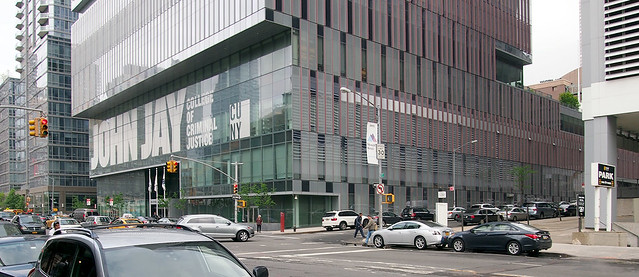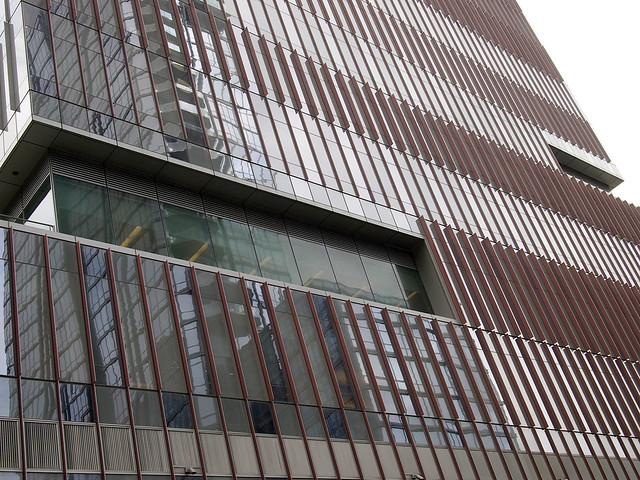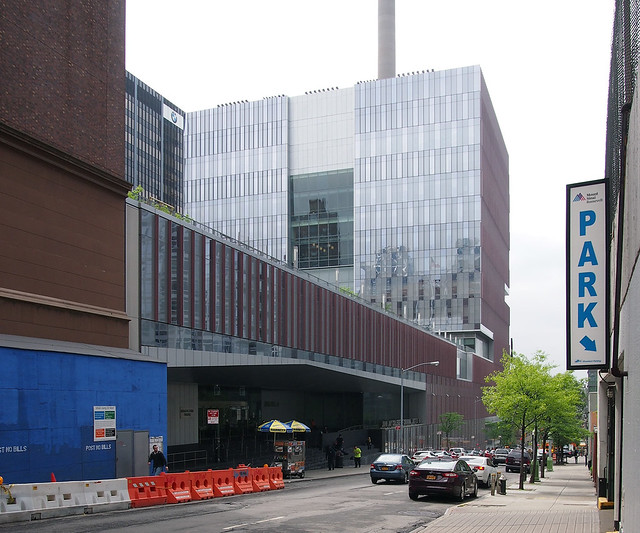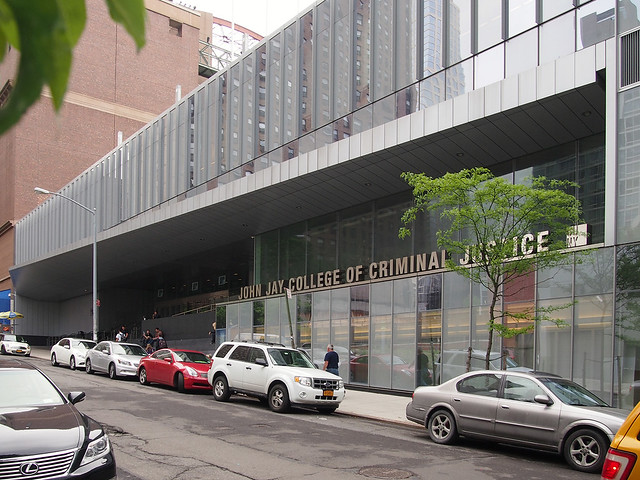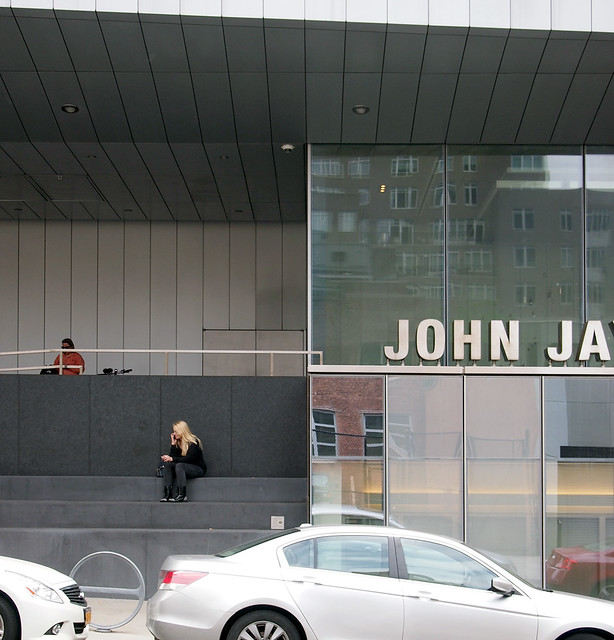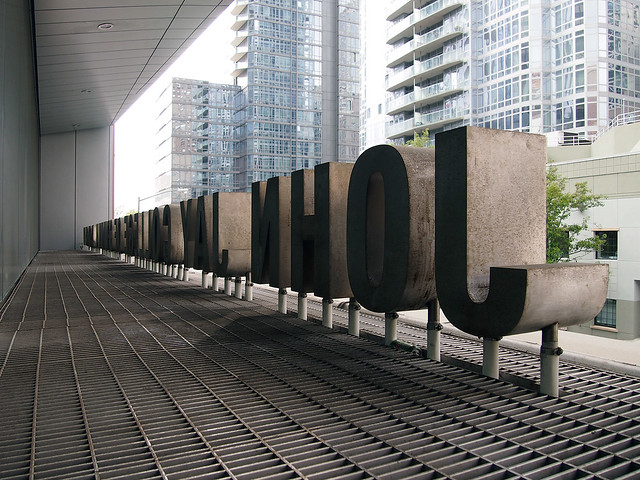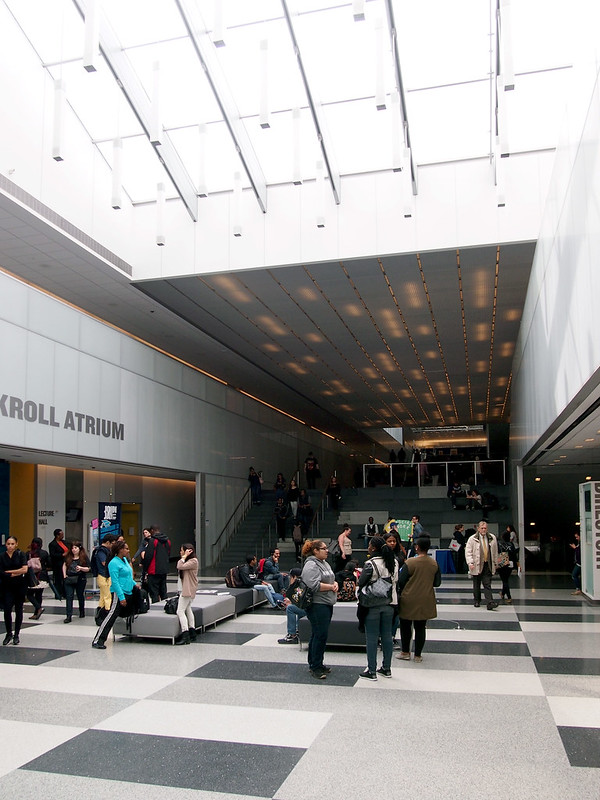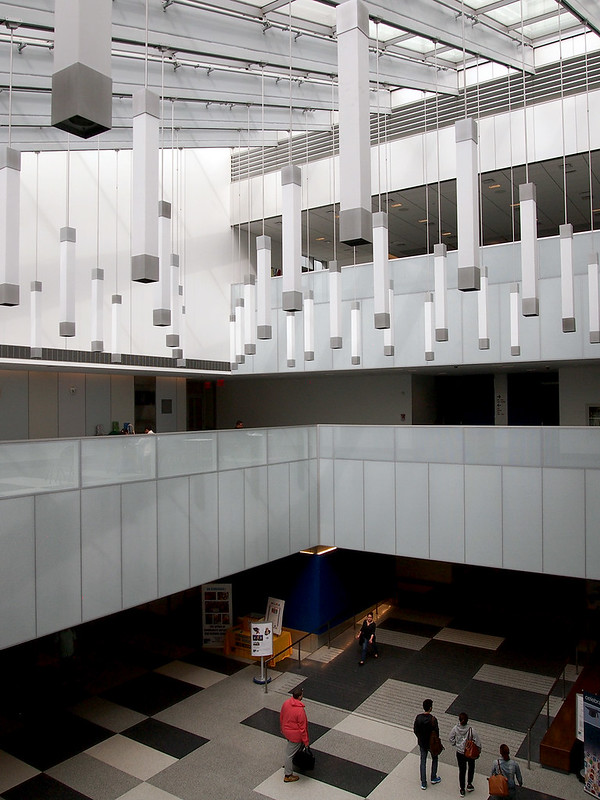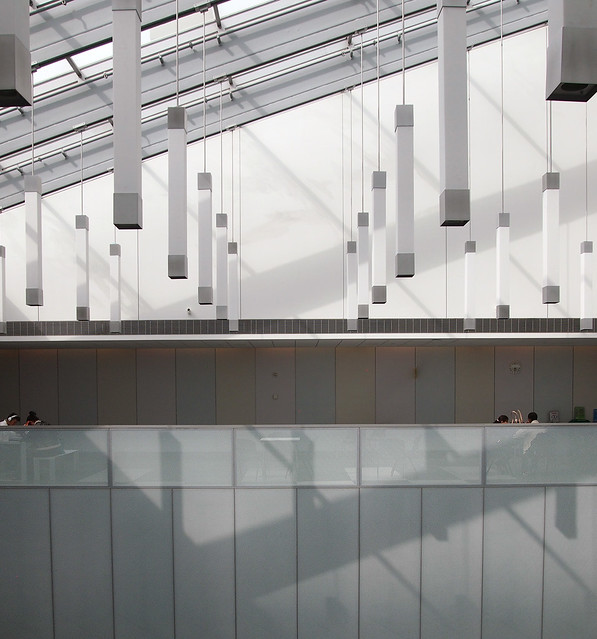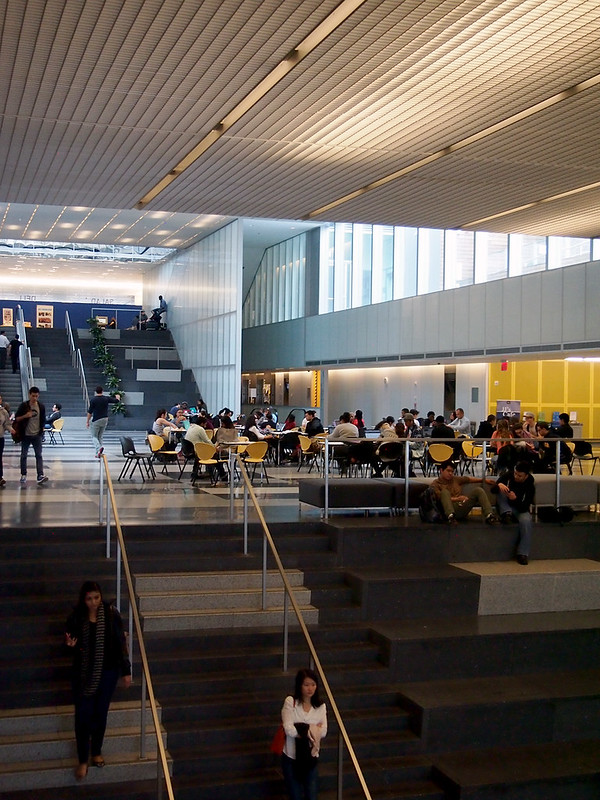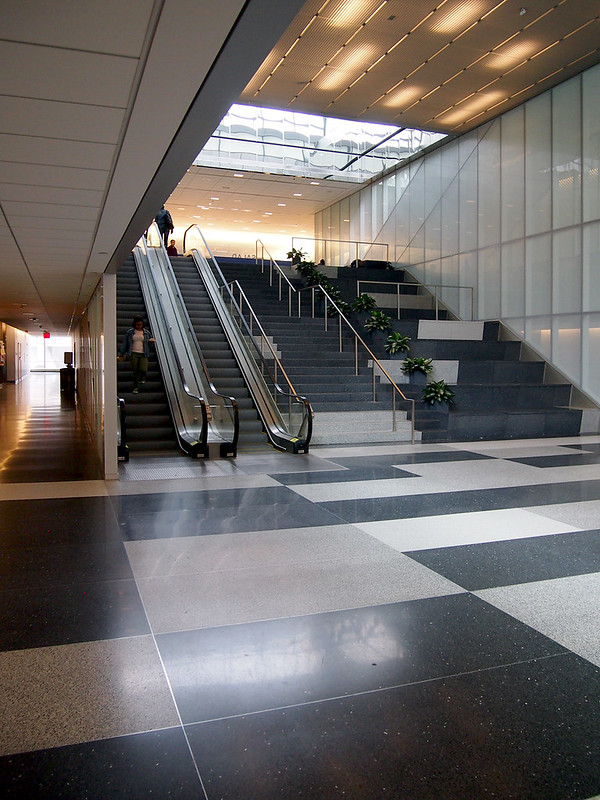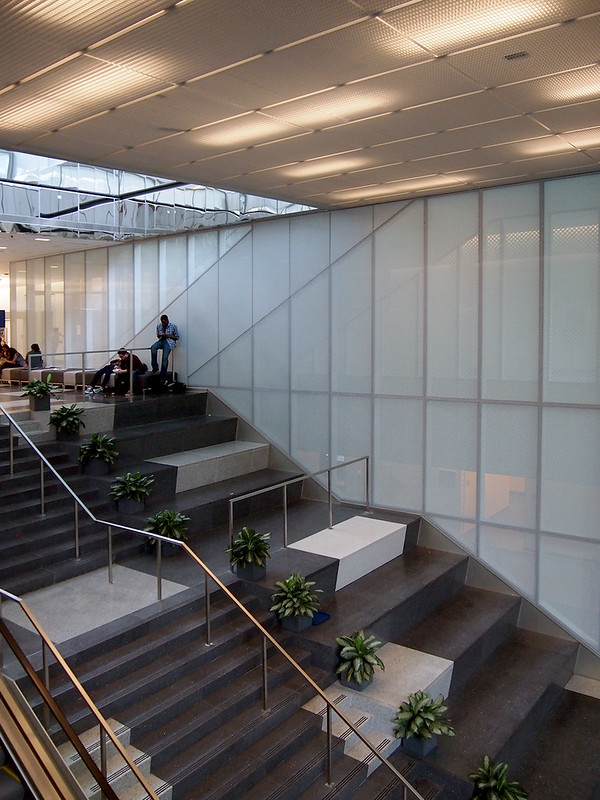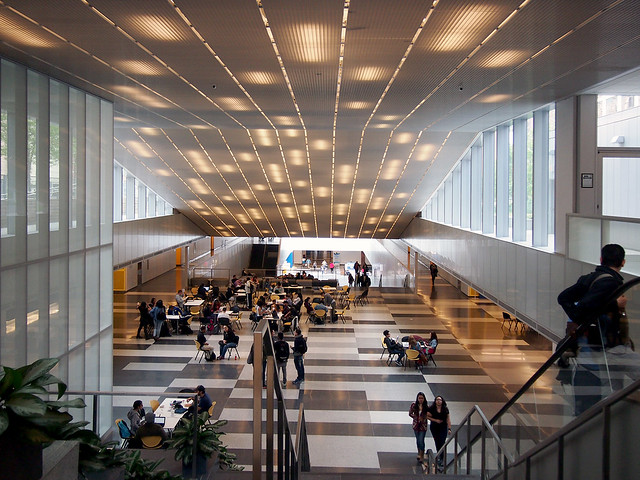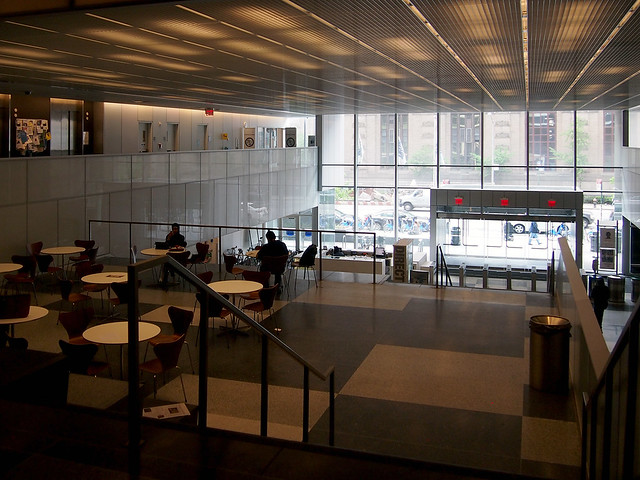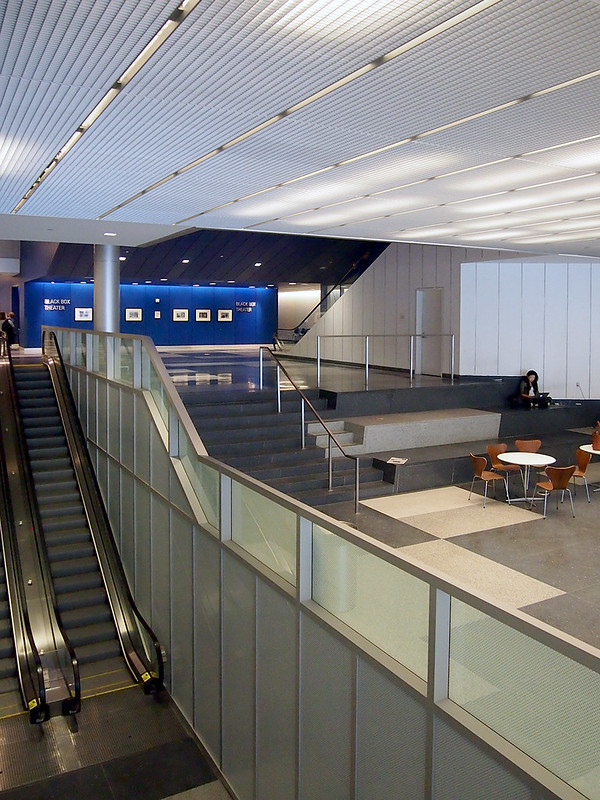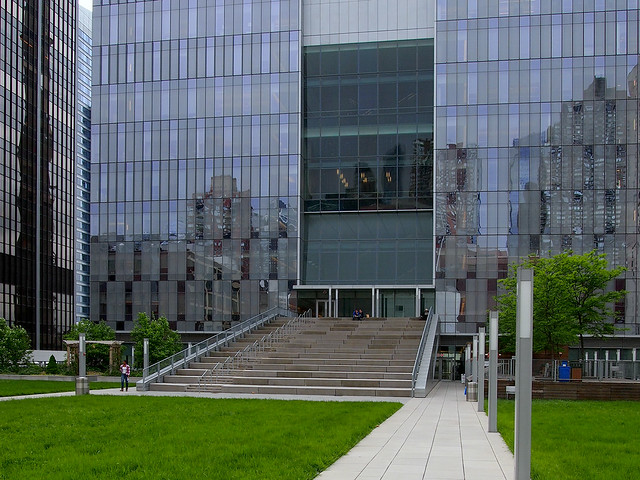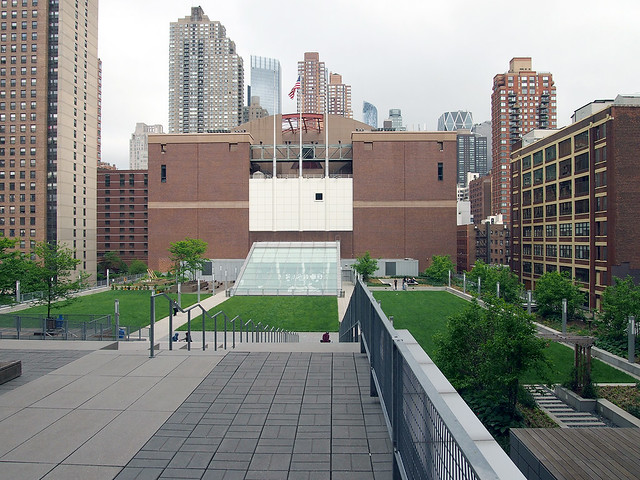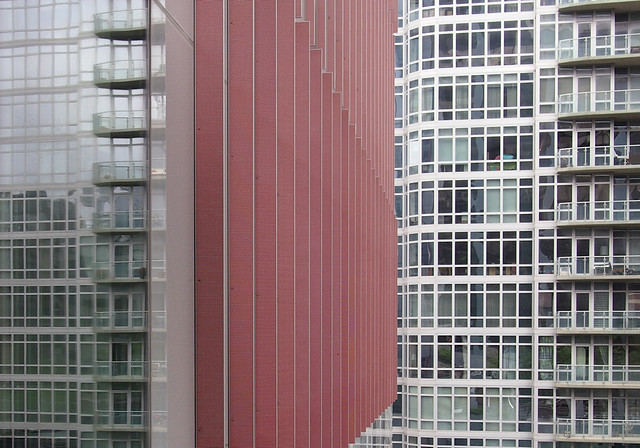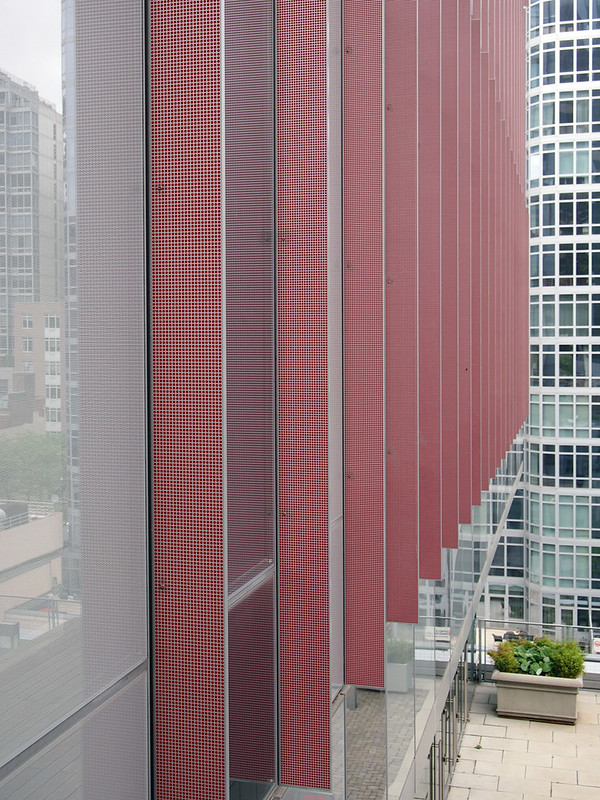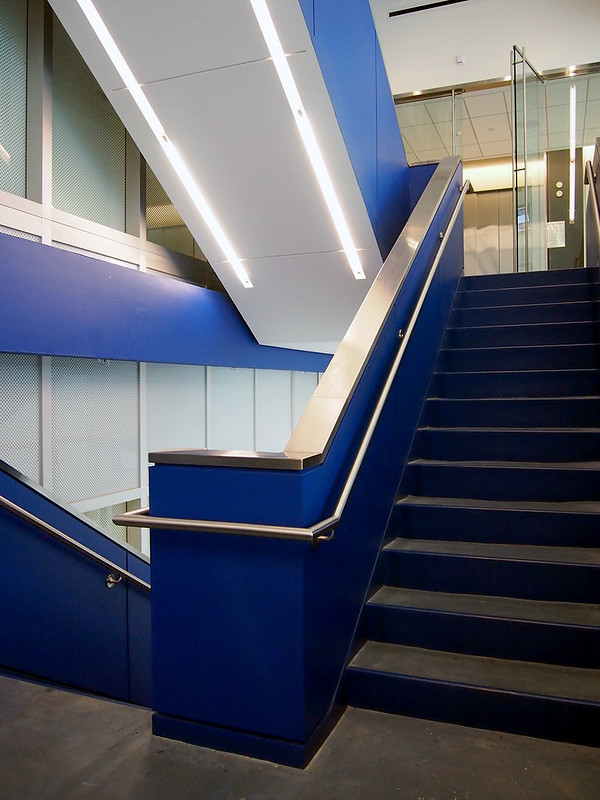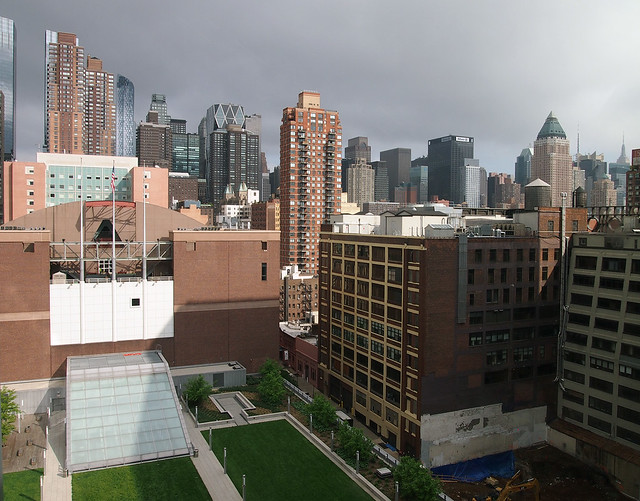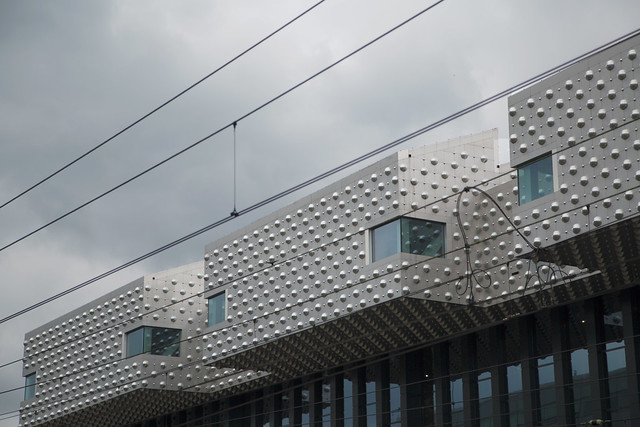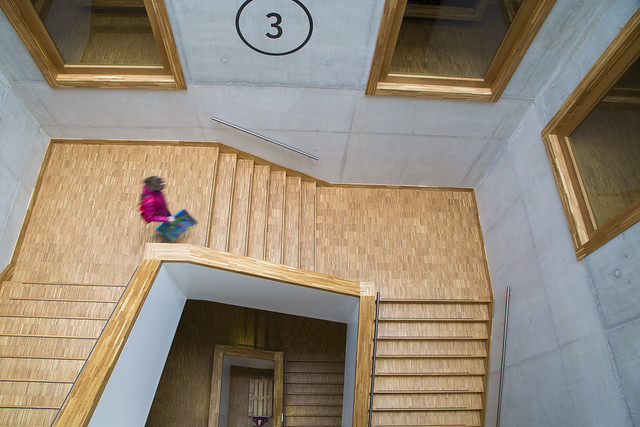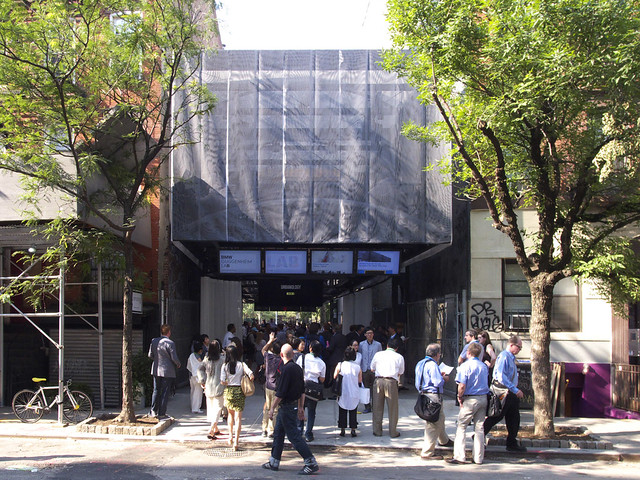Watson-Guptill, 2013
Hardcover, 304 pages

Creativity and design are riding a high these days. In various forms they are seen as the means for solving many of the world's problems, be it an app for this or that, a way to get clean water, or how to build a cleaner car. Much of the hype over creativity and design is hyperbole, and just as much of it is framed in the context of helping business, specifically helping the bottom line. I'm skeptical about the hype as well as design being relegated to business interests, but nevertheless I believe that creativity (the core of design, if you will) is something that should be fostered in children and adults alike for many reasons: in solving problems, in embracing art and culture, in heightening intelligence and emotional understanding, and on and on.

The above thoughts were going through my head as I tried to find a means of discussing what Mark Baskinger and William Bardel have created in Drawing Ideas. Clearly they are talented folks, capable of leading workshops that spur people in offices to "unlock [their] potential for brainstorming creativity through better drawing skills," but my yellow flag of skepticism is raised by the book. Yes, their drawing skills are evident throughout most of the book (accompanied by drawings from other designers in various fields), though as an architect I'll admit their styles are a bit removed from what I like. Nevertheless their drawings of objects, figures, and other elements accompanied by illustrations and text convey clearly what they are aiming to do; and in this case they are aiming to give the reader a means of planning, structuring and depicting ideas.

The book is billed as "a hand-drawn approach for better design," but the audience isn't limited to designers, many of whom probably learned a good deal of the book's contributions in school and practice. Much of what Baskinger and Bardel discuss applies to people in a wide range of businesses who are interested in being able to draw what they are thinking. While the authors' style and means of explaining their methods are very business-like, I must give credit where it is due. For one, their visual explanations are so well done that they can stand alone, separate from the text that accompanies them. Two, setting style aside (sorry, I learned to not like markers, which are used profusely in this book), the focus on drawing by hand is commendable, considering that the hand has a much more direct link to the brain, where the ideas are stored, than the mouse, trackpad, or keyboard. And three, they leave the creativity up to the reader, giving him or her the tools for getting those ideas on paper and sharing them with other people.

